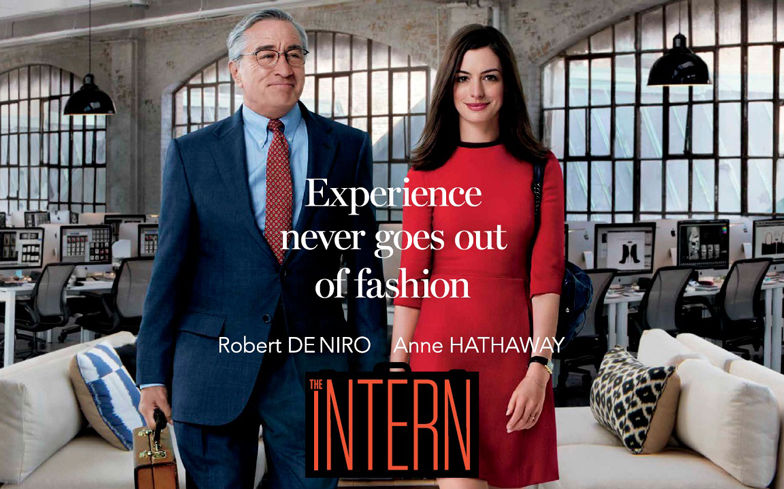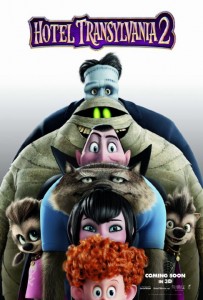Interview: Phil Vischer of VeggieTales in the House
Posted on September 25, 2015 at 7:00 am
Phil Vischer is co-creator of the popular VeggieTales characters and videos and still provides the voice of Bob the Tomato. It was a lot of fun to talk to him about the characters and their new series, VeggieTales in the House. The new season premieres on Netflix this week.
“This is the second season of Veggietales in the House so it’s not any different than the first season — it’s just more of it. On Netflix there were 26 half hours in the first season and there will be 26 half hours in this season so it’s a whole lot of vegetable content.” The dramatic changes in technology for creating and viewing the content have made a difference, though. “When I started, it was VHS cassettes that were the revolutionary technology that was transforming America. So I wrote and directed the first ten years of VeggieTales. We did about 20 different films in only two years. Moms would go to stores and then buy them and stick them in their VHS players. That’s completely changed now. It’s kids with Netflix and it’s kids with streaming on demand on their phones and on their iPods. So with the new Veggietales In The House which was created by Duncan Abel, he has really found the format to match the new technology with short little eleven minute clips and beautiful songs and lessons and they’re just much easier for kids to carry with them. So Mike and I are, we are voices now. We are not into writing or directing anymore but it’s fun to see what new generations of guys are doing with the old characters.”
Vischer told me a new generation of kids is watching VeggieTales with parents who grew up on the original series. “I do a lot of speaking on college campuses. Everywhere from big places like Baylor to little tiny Christian colleges. It’s about the same thing everywhere because I come out and the first thing I say is, ‘Hi kids I’m Bob the Tomato, and these college kids just flip out. It always amazes me because I don’t feel like I’m very cool. I get a lot of kids who come up to me and acknowledge that they are starting to have their own kids. They say, ‘We are introducing our kids to Bob and Larry. Thank you for making my childhood.”
He gave the new guys some advice about the characters. “OK, this is who Bob and Larry are; this is what makes them tick. Basically Bob wants to help kids and Larry wants to help Bob. You know, he is the sidekick and Bob, I’ve always described him as a frustrated Mr. Rogers. In the original shows he wants to be teaching, he wants everything to go smoothly and he wants to make it look effortless like Mr. Rogers always made it look but it always goes wrong and part of why it always goes wrong is because sidekick Larry is just so gosh darn silly that he can’t quite follow the directions.” He compares them to classic comedy duos like Abbott and Costello, with “a clear straight guy and then more of a goofy character or just a childlike character. A character who has the innocence and just not know what you should do not out of mischievousness but just out of innocence. Bob will start to put on a show and it can be frustrating to put on a show if you’ve got Mr.Goofball next to you who doesn’t take it as seriously as you do.” He admits that “I really am much closer to Bob the tomato in my temperament. I want to be teaching things and my buddy Mike is really much closer to Larry the Cucumber in temperament.”
And he says that teaching children the lessons about character, integrity, and faith affected him as well. “The best lessons are ones that change you while you are presenting them and while you are researching them. And the best way to learn something is to try to teach it to a four year old. If you don’t understand it well enough to articulate it clearly for a four year old you don’t understand it. And so it has been great for me for the last 25 years for all the projects I have worked on to have to bury myself in the Bible and reading commentaries and trying to figure out what is Biblical forgiveness? What is sanctification? And to understand it well enough that you can turn it around and explain it to a four year old.”





